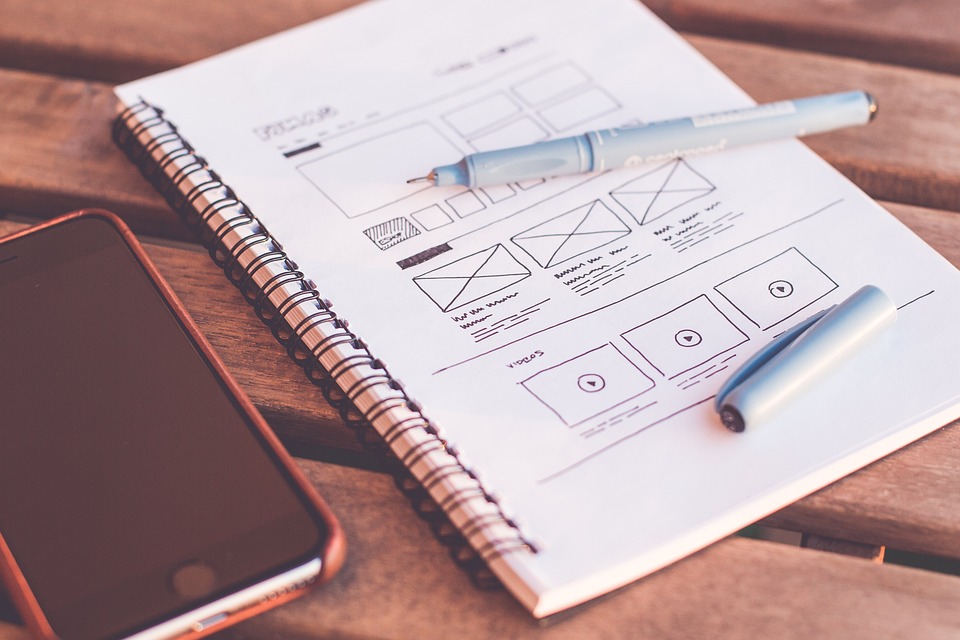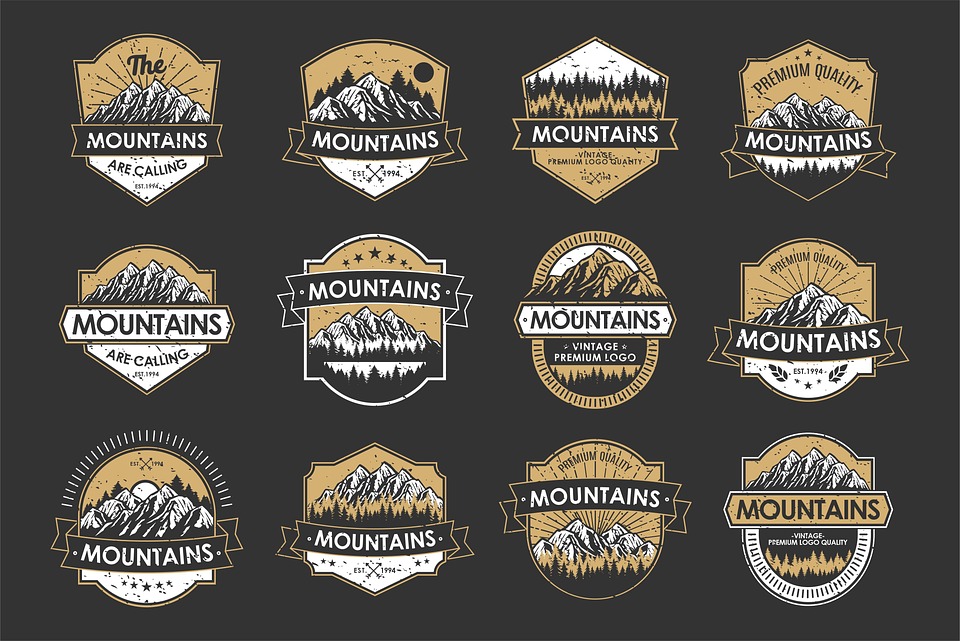The Power of Simplicity: How Minimalist Logos Can Elevate Your Brand
In today’s fast-paced, visually-driven world, creating a successful brand requires more than just a clever name or catchy slogan. A powerful logo is essential for establishing a brand’s identity and leaving a lasting impression on customers. Among the many design approaches, minimalist logos have gained significant popularity in recent years. In this article, we’ll explore the benefits of simplicity and how minimalist logos can elevate your brand to new heights.
What is a Minimalist Logo?
A minimalist logo is characterized by its simplicity, clarity, and effectiveness. It uses a limited color palette, clean lines, and minimal visual elements to convey the brand’s message. The goal is to distill the brand’s essence into a simple, yet memorable design that resonates with the target audience.
Benefits of Minimalist Logos
- Easy Recognition: Minimalist logos are easy to recognize and remember. A simple design can be quickly grasped by the brain, making it more likely to be recalled by customers.
- Scalability: Minimalist logos look great in various sizes and resolutions, ensuring they remain effective in different contexts, from business cards to billboards.
- Versatility: A simple design can be adapted to various formats, such as social media avatars, packaging, and merchandise.
- Timelessness: Minimalist logos tend to remain relevant for a longer period, as they avoid trendy design elements that may quickly go out of style.
- Cost-Effective: Fewer design elements and colors mean less production and printing costs, making minimalist logos a cost-effective choice.
Why Minimalist Logos Are Effective
- Clarity: A simple design helps to eliminate clutter and distractions, allowing the brand’s message to shine through.
- Emotional Connection: Minimalist logos often create an emotional connection with the audience, as they rely on subtle associations and intuition rather than loud, gimmicky elements.
- Storytelling: A simple design can be imbued with meaning and story, encouraging customers to engage with the brand on a deeper level.
Examples of Successful Minimalist Logos
- Coca-Cola: The iconic Spencerian script logo is a timeless example of minimalist design, conveying the brand’s classic values and nostalgia.
- Nike: The swoosh logo is a simple, yet powerful symbol that represents speed, movement, and excellence.
- Apple: The minimalist apple logo, designed by Rob Janoff in 1977, is an enduring example of simplicity and elegance in branding.
Tips for Creating an Effective Minimalist Logo
- Keep it Simple: Limit your design to a few essential elements to ensure clarity and recognition.
- Use Negative Space: Leverage empty space to create a clean and modern look that guides the eye through the design.
- Choose a Limited Color Palette: Select a few complementary colors to create a cohesive and harmonious design.
- Test and Refine: Experiment with different versions and gather feedback from target audiences to refine your design.
Conclusion
In a world where attention spans are fleeting and competition is fierce, a well-designed minimalist logo can be a powerful tool for elevating your brand. By embracing simplicity, you can create a memorable, versatile, and timeless design that resonates with your target audience. Remember to keep your design clear, concise, and effective, and don’t be afraid to test and refine your approach. With the right minimalist logo, you can establish a strong brand identity that drives customer loyalty and business success.
#Power #Simplicity #Minimalist #Logos #Elevate #Brand





**mind vault**
mind vault is a premium cognitive support formula created for adults 45+. It’s thoughtfully designed to help maintain clear thinking